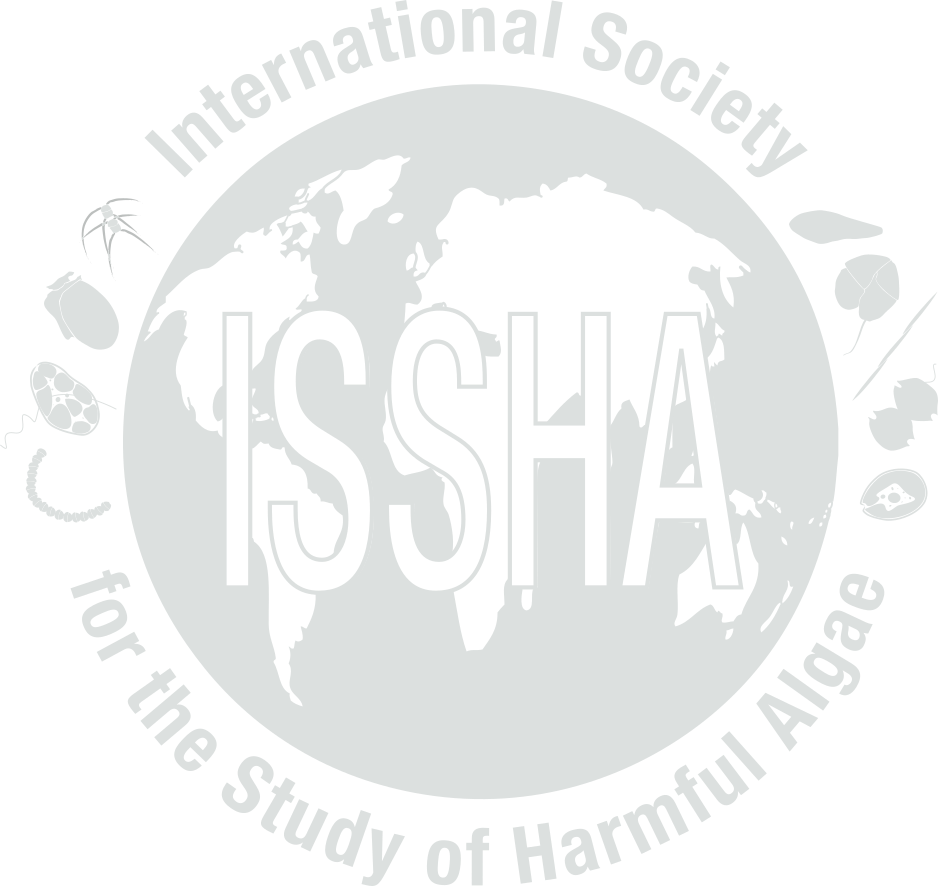


| Event name: | NO-98-001 | |
| Country: | NORWAY | |
|
Nature of the harmful event: |
Mass mortalities | |
|
Event directly affected: |
||
| Toxicity detected: | No | |
| Associated syndrome: | OTHER | |
| Unexplained toxicity: | No | |
| Species implicated in toxin transmission (transvector): | ||
| Report the outcome of a monitoring programme: | Yes | |
| Event occurred before in this location: | No | |
| Individuals to contact: | DAHL, Einar | |
| Location: | Latitude: , Longitude: | |
| General location information: |
Skagerrat coast, Southwest Coast. HAB Area code(s): NO-11 |
|
| Additional location information: | Along the cost of Skagerrat, the most dense concentrations were recorded in the Farsund-Flekkefjord area. The same species also grew to high concentrations along the west coast of Denmark. | |
| Bloom event dates (yyyy/mm/dd): | Start: 1998-05-01, End: 1998-05-20 | |
| Quarantine levels dates (yyyy/mm/dd): | ||
| Additional date-related information: | Along the Norwegian coast the bloom peaked in the first week of May, while it culminated about two weeks later along the Danish coast. | |
| Causative organism known: | Yes | |
| Causative Species/Genus: |
Chattonella verruculosa
( cells/L)
Most probably |
|
| Co-Ocurring Species/Genus: |
Dictyocha speculum
( cells/L)
Along the Danish coast Heterosigma akashiwo ( cells/L) Along Norwegian coast |
|
| Chlorophyll concentration, if known: | µg/l | |
| Additional bloom information: | Causative species: Most probably Chattonella verruculosa, but Heterosigma akashiwo and Dictyocha speculum was present as well. | |
| Event-related bibliography: | ||
|
||||||||||||||||||||||||||
| Nutrient information: | ||||||||||||||||||||||||||
| Temperature Range During Event: | Max: °C, Min: °C | |||||||||||||||||||||||||
| Salinity Range During Event: | Max: 28, Min: 20 | |||||||||||||||||||||||||
| Bloom location in the water column: | ||||||||||||||||||||||||||
| Growth: | Advected | |||||||||||||||||||||||||
| Growth Comments | Chattonella was probably successively spread by advection while growing. | |||||||||||||||||||||||||
| Additional Environmental information: | The bloom occurred in water-bodies with high concentrations of nitrate. | |||||||||||||||||||||||||
|
|||||||
| Kit used: | Type of kit used: | ||||||
| Additional information: | |||||||
| Economic losses: | |||||||
| Management decision: | Stop feeding of the salmon were recommended and a more intensively monitoring to follow the propagation of the bloom was established. Toxicity of the bloom was tested by mouse bioassay with negative results. | ||||||
| Additional harmful effect information: | The fish mortality may have been due to mechanical clogging of the fish gills. | ||||||
